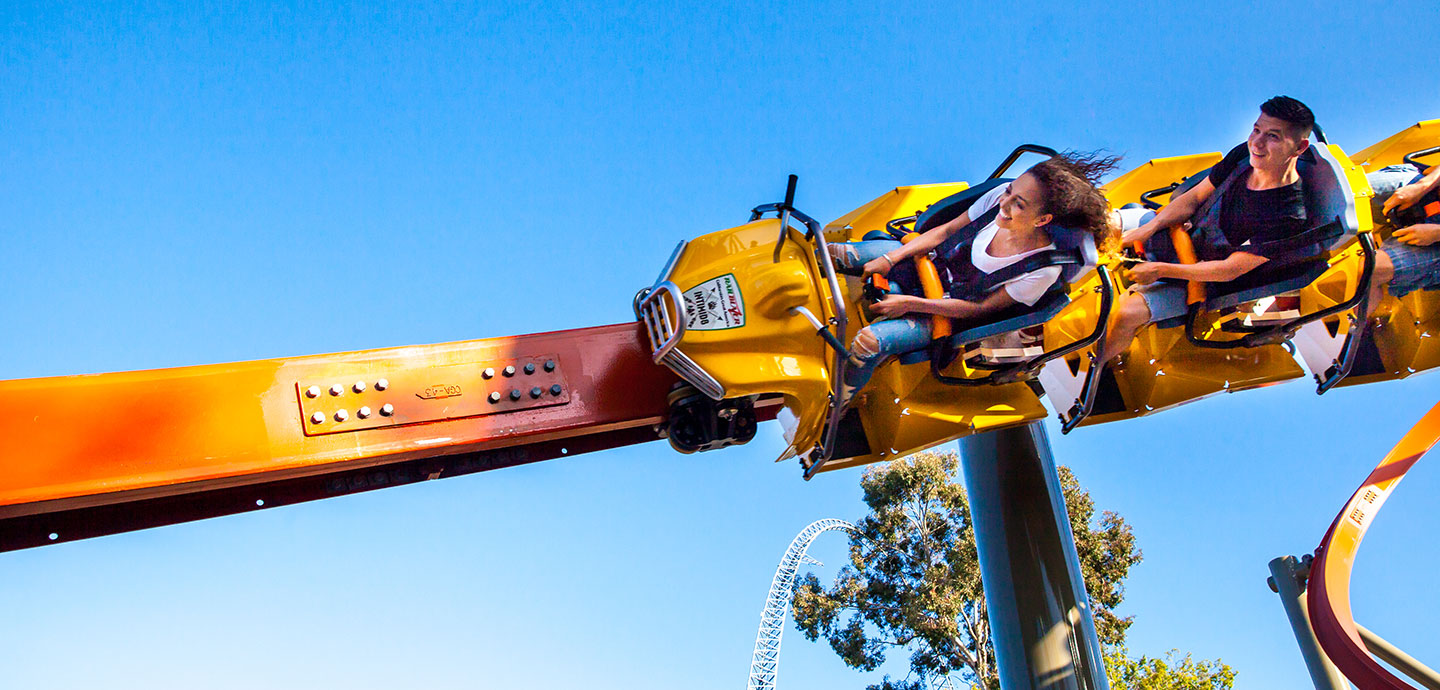Roller Coasters Can Trigger Crash Detection in the iPhone 14 and Apple Watch
When Apple announced the new Crash Detection feature in the iPhone 14 models and the Apple Watch SE, Apple Watch Series 8, and Apple Watch Ultra, we figured it would be only a matter of time until some innocuous activity triggered it accidentally.
Now we know what will do it: roller coasters. Since the iPhone 14 launched, the 911 dispatch center near the Kings Island amusement park has received at least six calls from iPhones that mistake the g-forces and sounds of a roller coaster for a car crash. (Read the full paywalled article at the Wall Street Journal for more details.)
Since the iPhone 14 went on sale, the 911 dispatch center near Kings Island amusement park has received at least six phones calls saying:
“The owner of this iPhone was in a severe car crash…”
Except, the owner was just on a roller coaster.
🆕 by me: https://t.co/hp1fHZBIf6 pic.twitter.com/i0lZPoWzGz
— Joanna Stern (@JoannaStern) October 9, 2022
The safest way to prevent this from happening before hopping on an extreme amusement park ride is to disable Crash Detection by turning off Settings > Emergency SOS > Call After Severe Crash on your iPhone. If you have an Apple Watch that supports Crash Detection, turning off the feature on the iPhone also disables it on the Apple Watch. That also works in the other direction—toggling Call After Severe Crash in either the Watch app in My Watch > Emergency SOS or Settings > SOS on the Apple Watch itself also disables the feature on the iPhone.
Although it might be tempting to muzzle Crash Detection by enabling airplane mode on your iPhone and Apple Watch before embarking on a roller coaster ride, we’ve seen some claims that Emergency SOS can take an iPhone out of airplane mode to make an emergency call. We aren’t about to test that, but we don’t recommend assuming airplane mode will suffice.
Why do we suspect Apple engineers are now clamoring for a team outing to California’s Great America? “But boss, we need to ride the RailBlazer to fine-tune the Crash Detection algorithm! Please!” Alternatively, Apple could geofence the locations of known roller coasters and automatically disable Crash Detection in those areas. But that would be way less fun.

Your article noted that the WSJ article was paywalled. However, if you subscribe to Apple News+, you can read the article via the News app. The trick to seeing if you can read a paywalled article on Apple News is to copy and paste the headline into the search box in Apple News.
It seems unlikely that a roller coaster would actually trigger a crash alert, because, while roller coasters do have high g-force and velocity, as far as I know they lack the sudden deceleration of car crashing into something. As background, OnStar uses the CDC Severe Injury Prediction Algorithm which takes into account the rate of deceleration, OnStar also transmits this information in 911 calls. If iPhones are erroneously treating roller coasters as crashes, that sounds like poor engineering and/or a failure to look at the existing car crash detection systems that have been deployed for about 15 years.
By the way, Apple confirmed that it turns off airplane mode when it detects a crash (this was in the context of users turning on airplane mode to try and force the phone to place a 911 call via the new text-via-satellite feature).